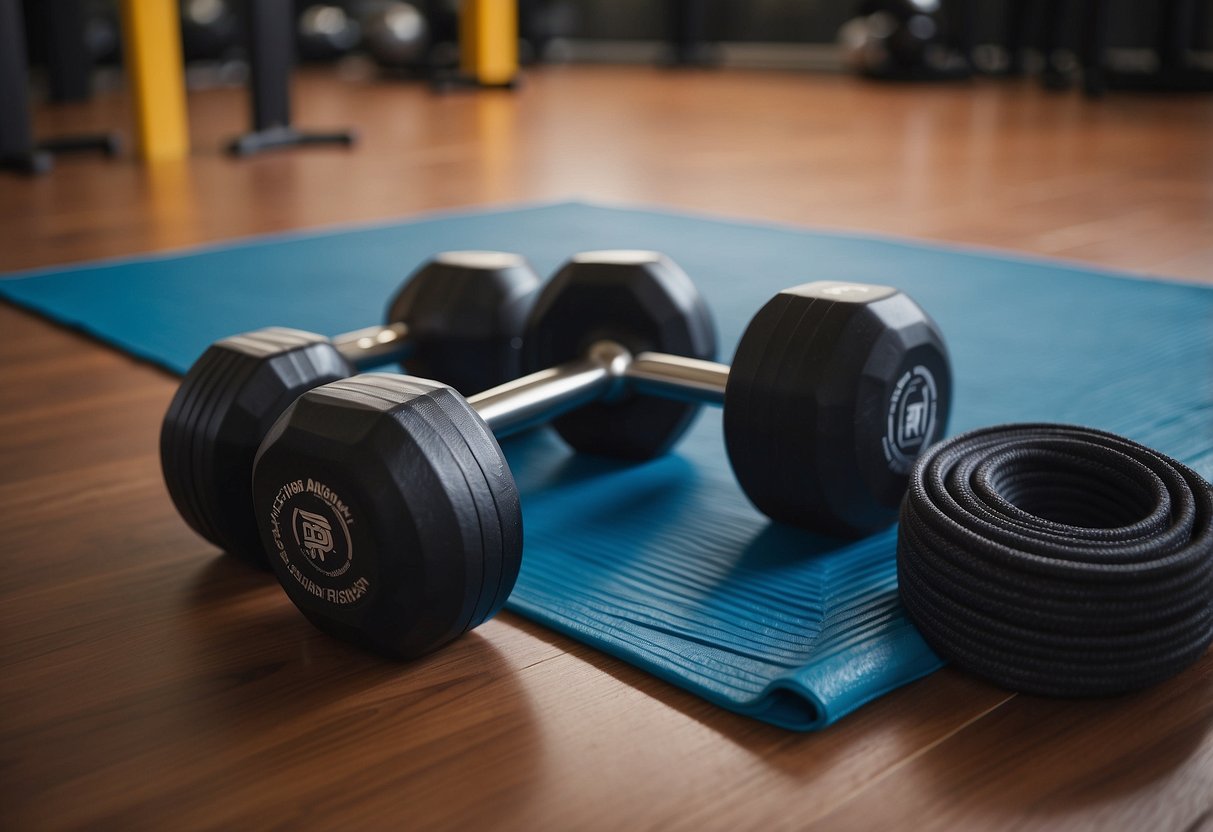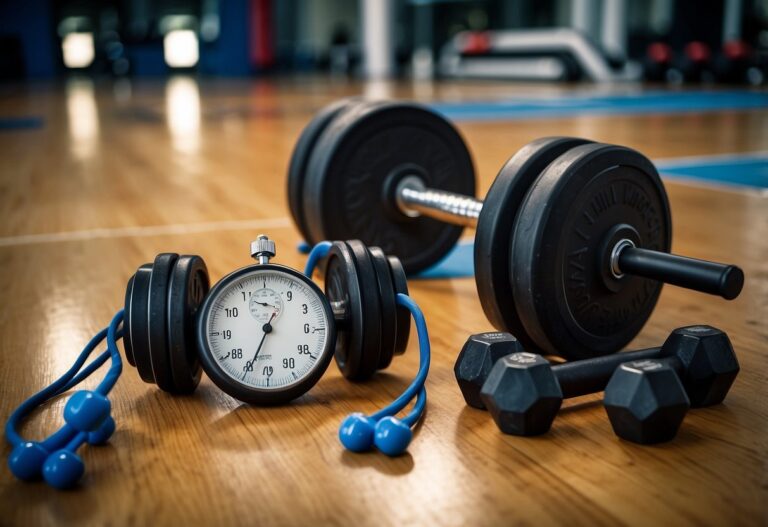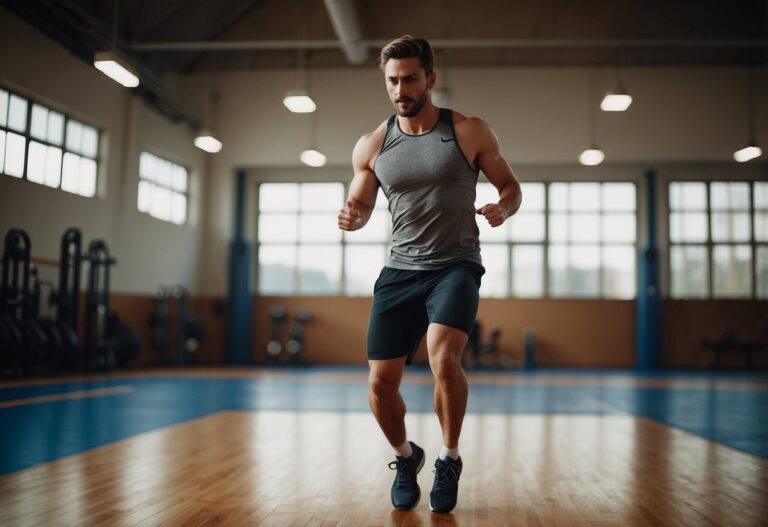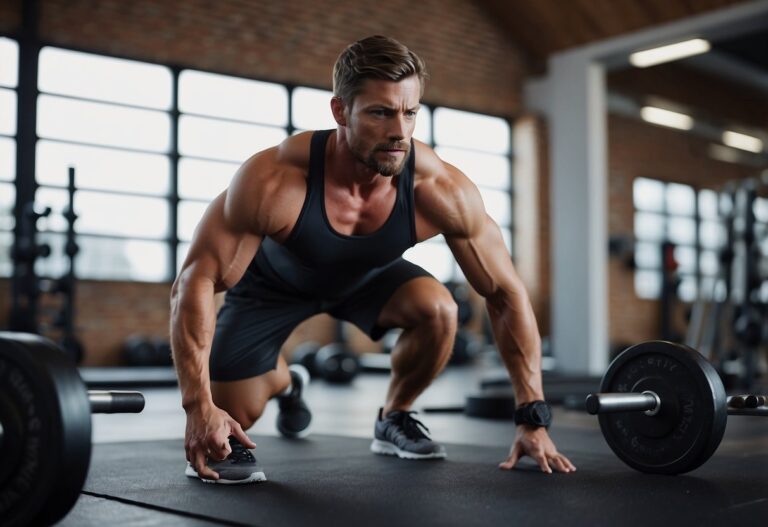When you’re aiming to fine-tune your muscles, isolation exercises play a crucial role. These workouts focus on targeting specific muscles, which can lead to better muscle definition and growth. Understanding how to incorporate these exercises into your routine can make a big difference in your fitness journey.

Imagine being able to work on that one stubborn muscle group without tiring out the rest of your body. That’s the magic of muscle isolation workouts. They can be especially useful for addressing muscle imbalances or enhancing overall muscle aesthetics. By embracing these tips, you’ll find yourself on the path to a more sculpted physique.
Focus on One Muscle Group at a Time
When you want to build a specific muscle, focus on one muscle group at a time. This method helps you make sure you are giving that muscle the attention it needs.
For example, if you’re aiming to enhance your biceps, include exercises like bicep curls. Using isolation exercises, such as these, helps you concentrate all your effort on the biceps.
By isolating a muscle group, you can better understand and correct your form. This reduces the risk of injury and increases effectiveness.
To ensure balance in your workout, target different muscle groups on different days. This allows each muscle time to recover properly.
Include Isolation Exercises in Your Routine
If you’re looking to target specific muscles, isolation exercises should be part of your routine. They focus on single muscle groups, helping you to improve muscle definition and correct imbalances.
Consider adding exercises like bicep curls to sculpt your arms. These moves allow you to hone in on your biceps, making them stronger and more defined.
For your leg workouts, include leg extensions. This exercise specifically targets the quadriceps, helping you build strength and muscle mass in your thighs.
Triceps kickbacks are great for arm day too. They isolate the triceps, ensuring they get the attention they need. By including these moves, you can balance out your muscle development.
Adding these exercises can make a simple routine more effective and comprehensive. If you’re wondering how to get started, try using dumbbells, resistance bands, or machines designed for these specific movements.
You might find it helpful to mix isolation exercises with compound ones. This way, you’re not only building muscle quickly but also keeping your workouts fun and varied.
Use Proper Form and Technique
Using the correct form is crucial when doing isolation exercises. It helps you target the right muscles and reduces the risk of injury. For example, when doing a bicep curl, keep your elbows close to your body and avoid swinging the weights.
Focus on a slow and controlled motion. This not only helps in muscle engagement but also ensures you’re performing the exercise safely. If you rush, you might compromise form and effectiveness.
Always maintain proper posture. Whether you’re seated or standing, make sure your back is straight and your core is engaged. This prevents unnecessary strain on your back and other joints.
Incorporate Tempo Training
Tempo training is a great way to add variety to your workouts. It involves controlling the speed of each phase of a lift.
When you slow down the movement, your muscles spend more time under tension. This can lead to greater muscle growth and strength.
Think about trying a 3-1-3 tempo. This means a three-second eccentric phase (lowering the weight), a one-second pause, and a three-second concentric phase (lifting the weight).
Using tempos can also improve your form. By focusing on speed, you pay more attention to each part of the exercise.
Utilise Machines for Consistency
Using machines can help you maintain consistency in your workouts. They provide a guided range of motion, making it easier to perform exercises correctly. This is especially helpful if you are new to isolation exercises.
Machines also allow you to focus more on the muscle you are targeting without worrying about balancing weights. For example, a calf raise machine offers added stability and resistance, helping you work your calves effectively.
Another benefit of machines is that they can be adjusted to match your specific needs. This helps in avoiding injury and ensures you are using the correct form. Machines like the leg press or pec deck can be customised for height and weight.
Using machines can also simplify your workout routine. You can quickly move from one machine to another, keeping your workout efficient and consistent. So next time you hit the gym, give the machines a try for a steady and effective workout.
Vary Your Repetitions and Sets
When it comes to isolating specific muscles, variety in your reps and sets is key. Think about adjusting your routine based on your goals.
For muscle endurance and toning, higher reps (around 12-15+) are often recommended. This helps build stamina.
If your aim is muscle hypertrophy (increasing size), moderate reps (8-12) with controlled sets can promote growth.
Strength can be improved by using lower reps (4-6) with heavier weights.
Mixing these approaches can keep your workouts engaging and effective. Consider what works best for you and don’t hesitate to experiment.
Emphasise Mind-Muscle Connection
Focusing on your mind-muscle connection can significantly enhance your workouts. This means consciously engaging the muscle you’re targeting during an exercise. When you think about the muscle working, you can recruit more muscle fibres and get a better pump.
For instance, while doing a bicep curl, concentrate on squeezing the bicep as you lift the dumbbell. This mental focus helps you contract the muscle more fully, leading to better results.
Visualise the muscle working. Imagine it growing and contracting as you perform each repetition. This technique can make your workouts more effective and enjoyable.
When you slow down your exercise tempo, you can better feel and control your muscles. Slowing down ensures you’re not just going through the motions but really engaging the targeted muscle. This approach can help you prevent injury and promote muscle growth.
To learn more about the mind-muscle connection and its benefits, visit Mastering the Art of Mind Muscle Connection and Develop a Better Mind-Muscle Connection.
It’s crucial to stay focused during your workout. Avoid distractions and really tune into what your body is doing. This focus can make a noticeable difference in your muscle development.
Adjust Resistance Levels Appropriately

When doing muscle isolation exercises, adjusting resistance levels is crucial. You need to find a balance where the weight is challenging but still allows for proper form.
Start with a lighter weight and focus on perfecting your form. If you can’t complete the reps with good form, the weight might be too heavy.
Gradually increase the weight as you become stronger. Adding small increments can help you build strength without risking injury.
Pay attention to how your muscles feel. If you can easily do more reps than planned, the weight may be too light. Try increasing the resistance next time.
Plan Regular Recovery Periods

You must plan regular recovery periods to gain the most from your muscle isolation workouts. Recovery helps your muscles repair and grow stronger.
After intense workouts, your body needs time to heal. This doesn’t mean sitting still all day. Active recovery, like light stretching or a leisurely walk, can keep blood flowing.
Skipping recovery can lead to burnout or injuries. Listen to your body. If you feel sore or fatigued, it might be time for a rest day.
Don’t forget sleep! Aim for at least 7-8 hours of good sleep each night to help your muscles recover properly.
Track Your Progress Regularly

When working on muscle isolation, it’s vital to track your progress. Tracking helps you see improvements and stay motivated.
Keep a workout journal or use an app to log weights, sets, and reps. This will give you a clear picture of your growth.
Set small, achievable goals. Celebrate when you reach them to keep your morale high.
By reviewing your data regularly, you can adjust your workout to keep making gains. For instance, if you plateau on a certain exercise, change your routine to reignite muscle growth.
Understanding Muscle Isolation
Muscle isolation exercises target specific muscles, making them essential for sculpting and strengthening individual muscle groups. These exercises differ from compound exercises, offering a unique set of advantages.
Definition and Benefits
Muscle isolation exercises focus on one muscle or muscle group at a time. This is done with movements like bicep curls for the biceps or leg extensions for the quadriceps. By isolating the muscle, you can work it more intensely and effectively.
These exercises are great for correcting muscle imbalances. If you notice one arm is stronger than the other, you can use isolation workouts to bring the weaker side up to par. They are also useful for injury rehabilitation, allowing specific muscles to recover and strengthen without putting stress on the entire body. Bodybuilders favour them for finely tuned muscle development and definition.
For example, performing a dumbbell shrug will specifically target your trapezius muscles, making them stronger and more defined. Think about your fitness goals and incorporate isolation exercises to achieve a balanced and focused workout routine.
How It Differs from Compound Exercises
Isolation exercises are different from compound exercises, which engage multiple muscle groups at once. For instance, a squat works your quads, hamstrings, glutes, and lower back all in one movement. Compound exercises are great for building overall strength and functional fitness since they mimic natural movements.
In contrast, isolation exercises like a dumbbell fly focus solely on the chest muscles. This level of focus can help ensure that each muscle group is properly developed, especially important for achieving a specific physique or addressing muscle weaknesses.
If you’re a beginner, compound exercises might be more beneficial initially as they build a solid strength foundation. Once you have that, you can integrate isolation exercises to target and refine individual muscles. Both types of exercises have their role, and incorporating both makes for a comprehensive fitness plan.
Effective Muscle Isolation Techniques
Isolation exercises allow you to target specific muscles, enhancing muscle growth and definition. To do this effectively, it’s crucial to focus on proper form and avoid common mistakes.
Proper Form and Technique
Maintaining correct form is vital when performing isolation exercises. Each movement should be controlled and deliberate. For example, in a bicep curl, keep your back straight and avoid swinging your arm. This keeps the tension on the biceps rather than using momentum.
Using the correct weight is also important. Starting with lighter weights ensures you can perform exercises with precision before moving on to heavier loads. Listening to your body and avoiding pain is key to preventing injuries. Concentrate on the muscle you are working on and feel the contraction during each repetition.
Mixing up your exercises can target muscles more effectively. For instance, alternating between dumbbell shrugs and shoulder presses can work different parts of your trapezius and shoulders. Adding variety keeps your workout interesting and comprehensive.
Common Mistakes to Avoid
A common mistake is using too much weight. This often leads to poor form and increased risk of injury. Start with lighter weights to master the technique, then gradually increase as your strength improves.
Another frequent error is not controlling the movement. Rapid or jerky motions reduce the effectiveness of the exercise and strain your joints. Focus on slow, controlled movements to maximise muscle engagement.
Neglecting to warm up properly can also lead to injuries. Always prepare your muscles with a few minutes of light cardio or dynamic stretching before starting your routine.
Additionally, avoid overworking the same muscle group. While it’s tempting to keep pushing a favourite muscle, rest and recovery are crucial for muscle growth. Listening to your body and giving each muscle group time to recover prevents burnout and encourages balanced development.
By paying attention to these details, you can make the most out of your isolation workouts and see better results.







